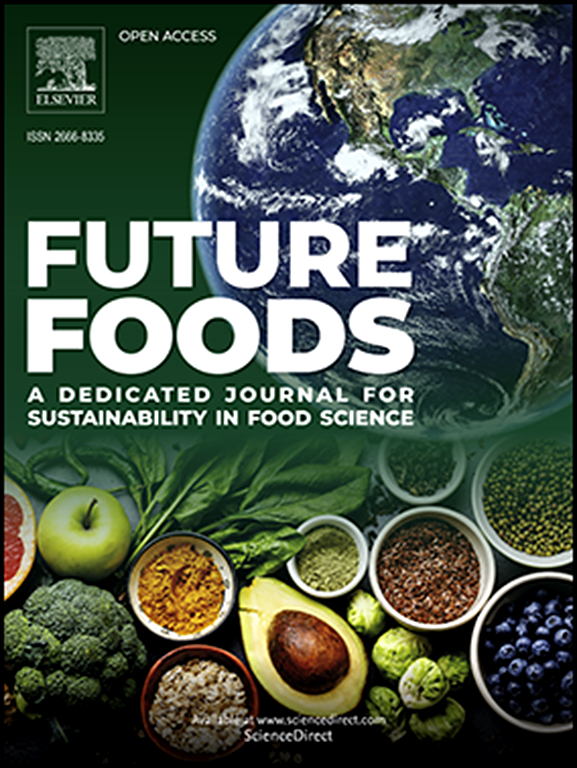The potential of atmospheric dielectric barrier discharge (DBD) plasma method for beef thawing
IF 7.2
Q1 FOOD SCIENCE & TECHNOLOGY
引用次数: 0
Abstract
In recent years, the food industry has witnessed a growing demand for rapid and energy-efficient thawing methods. This study investigates the effectiveness of dielectric barrier discharge (DBD) plasma for thawing beef. Frozen beef samples of varying thicknesses (5, 10, and 15 mm) were subjected to DBD plasma at voltages of 16, 18, and 20 kV. Thawing time, energy consumption, specific energy efficiency, microbial growth, myofibrillar protein structure, MTT cytotoxicity, and microstructural changes were evaluated and compared with still-air and microwave thawing. The results revealed that plasma reduced thawing time by approximately 82 % compared to still-air thawing. Energy consumption with plasma at 16, 18, and 20 kV was 95 %, 93 %, and 82 % lower, respectively, than that of microwave for samples of comparable thickness. Moreover, plasma improved energy efficiency by nearly 50 % relative to microwave heating. Notably, no viable microbe was detected in beef samples thawed using plasma. Cytotoxicity tests for samples treated at 20 kV on L929 cells confirmed the safety of the method. However, higher voltages induced changes in the myofibrillar protein structure and altered the microstructure of the beef. The findings underscore the potential of DBD plasma thawing as a rapid, energy-efficient, and safe alternative to traditional thawing methods.

求助全文
约1分钟内获得全文
求助全文
来源期刊

Future Foods
Agricultural and Biological Sciences-Food Science
CiteScore
8.60
自引率
0.00%
发文量
97
审稿时长
15 weeks
期刊介绍:
Future Foods is a specialized journal that is dedicated to tackling the challenges posed by climate change and the need for sustainability in the realm of food production. The journal recognizes the imperative to transform current food manufacturing and consumption practices to meet the dietary needs of a burgeoning global population while simultaneously curbing environmental degradation.
The mission of Future Foods is to disseminate research that aligns with the goal of fostering the development of innovative technologies and alternative food sources to establish more sustainable food systems. The journal is committed to publishing high-quality, peer-reviewed articles that contribute to the advancement of sustainable food practices.
Abstracting and indexing:
Scopus
Directory of Open Access Journals (DOAJ)
Emerging Sources Citation Index (ESCI)
SCImago Journal Rank (SJR)
SNIP
 求助内容:
求助内容: 应助结果提醒方式:
应助结果提醒方式:


